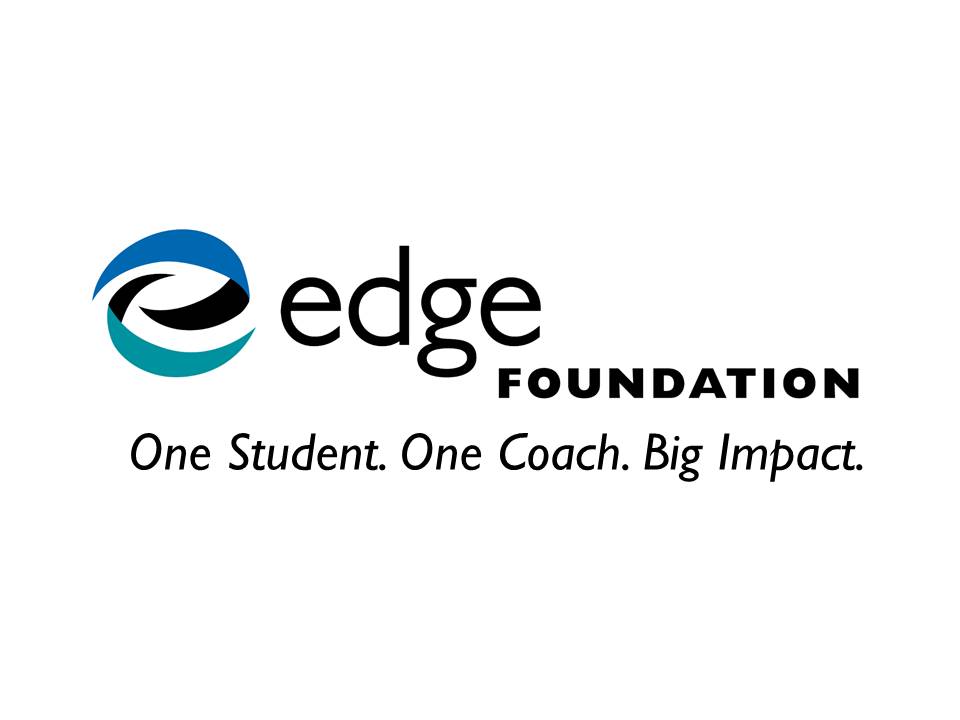
How does it work? What do you need to do?
Coaching young adults with executive-function challenges is about allowing the brain and the body’s nervous system to work together to for best results.
There are several ways of looking at coaching. One is coaching for compliance and the other is coaching for growth. Coaching for compliance is what happens when overt expectations are established so that someone must comply. Coaching for compliance is also about following rules and doing what is expected in a given situation. When we mention compliance or growth, we are actually thinking about how the autonomic nervous system is being activated.
Moreover, when people want others to follow rules, expectations or orders then this is what is called coaching for compliance, or, being told what to do and how to do it.
The autonomic nervous system is composed of two parts, the parasympathetic and sympathetic systems. The parasympathetic nervous system generates neurotransmitters that help us relax, improve blood flow, lower blood pressure and think more clearly. In addition, activating the parasympathetic nervous system helps us feel calmer and it helps us make better decisions as well as allows us to learn. Therefore the goal of coaching is to help the client activate his or her parasympathetic nervous system through a process of asking questions. This helps the client discover, dream, and envision a better life actually allowing the nervous system to think.
The sympathetic nervous system on the other hand is what takes over when the brain and body perceive a threat. This system is designed to respond to emergencies or what the brain thinks could be an emergency, as in the so-called “fight or flight” mode. The body reacts to stimuli by producing hormones that constrict blood flow and reduce blood to the brain for making decisions and responding to situations. When people are feeling anxious, upset, angry or afraid, they have activated the sympathetic nervous system.
Coaching for growth is about activating the imagination and providing the client with opportunities to discover and create the best system for realizing the activity and results they desire. Coaching is about discovery and testing various skills to see how they work. This process takes time. Then, it takes even more time to create long-lasting habits that will stay with the subject.
Once the client is able to realize good results through the positive activation of the nervous system, they will usually respond positively. This happens because they can better manage stress, generate better ideas, feel less anxious, increase their focus, make wiser decisions and altogether better manage life’s issues.
Coaching for growth is about removing expectations and replacing them with mutual agreements. Coaching for growth helps clients develop new solutions to issues without getting swallowed up in negative emotions. Coaching for growth is also about exploring and testing potential solutions. By finding what works best and then putting those processes into place through continual support and encouragement, clients can experience the positive force of success.
Coaching for compliance on the other hand may seem to work faster but it doesn’t produce a greater sense of well-being in the client. What’s more compliance-based coaching doesn’t really help develop the skills to solve problems in the future. Coaching for compliance assumes the best way to obtain results is to be Instructed how to get them. Therefore, if you follow the process, life will work out. It turns out that engaging the sympathetic nervous system for learning leads to more stress, more burnout, lower morale and less life satisfaction.
When coaching clients that are living with ADHD and other executive-function issues, coaching for growth takes additional time and much more effort. For many clients, their lives have been filled with negative messages. They have repeatedly heard: “You’re not focused,” “You’re too slow,” “You’re not working hard enough,” “Why didn’t you remember that?” “You can do better,” “Why aren’t you organized?,” “Why are you always late?,” and more.
If those with ADHD have heard these or similar statements, their sympathetic nervous system has been activated. This leads to “fight,” “flight” or “freezing.” These reactions are all-too common for young adults trying to manage their ADHD challenges.
By helping those with ADHD find new ways to think in a positive framework, coaches can help improve brain function, reduce anxiety, increase executive function and certainly reduce stress. When the parasympathetic nervous system is activated, good things can happen. For the coach, however, the challenge is creating the right balance between positive support and encouraging action.
We live in an age where society wants instantaneous results. To forgo the hard work that is needed, can threaten the best possible outcomes. For some people, achieving immediate results are more important than developing good processes for dealing with issues later in life. It is most important to realize that significant change takes time and consistent effort. So, positive habits can be created for the long haul.
Dan Weigold CPC, PCC, is an Edge Coach specializing in leadership development, career transition coaching and ADHD issues. He works with students and adults who generally have an engineering, scientific, project management or technical background. He is a member of the ICF, CHADD, ADD.org and the Association for Computing Machinery.


